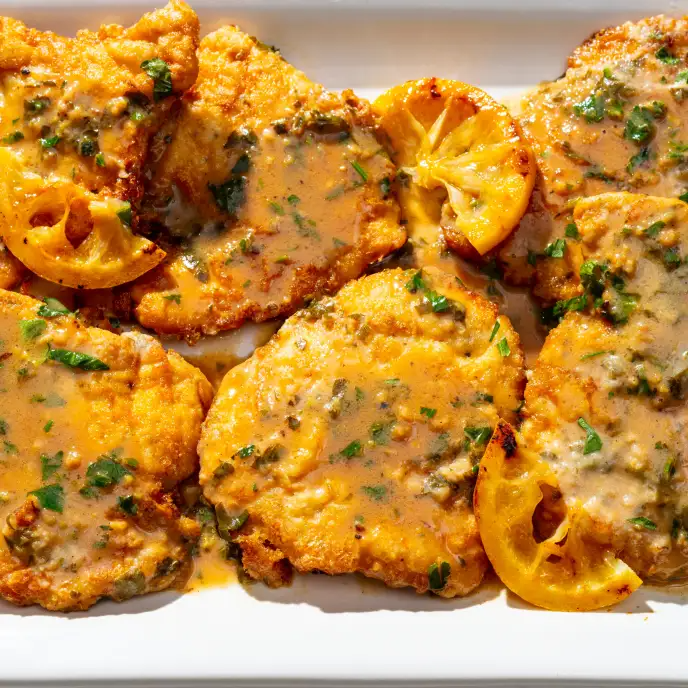 Chicken Francese for Two
Chicken Francese for Two
To make chicken Francese, cooks dip cutlets in flour and then beaten egg; shallow-fry them; and sauce them with a lemony, beurre blanc–like reduction that saturates the plush coating. Cutting and pounding each boneless, skinless breast into three ¼-inch cutlets ensured that they cooked through evenly in minutes. Briefly salting the meat seasoned it and helped it retain moisture during cooking. For a tender coating, we diluted the eggs with 1 T. of water to prevent their proteins from coagulating tightly and cooking up tough and rubbery. It was important to fry the chicken in enough oil (¼ cup for a 10-inch skillet) that it crested just above the sides of the cutlets, which prevented the coating from slipping off before it had time to set. Using a combination of vegetable and olive oils reduced cost while adding just enough of the olive oil’s grassy bitterness. We captured complex fruit flavor in the lemony butter sauce by combining juice, zest, and browned lemon slices; the latter also made for a visually striking garnish. Thickening the sauce with flour-dredged cubed butter was simpler than making a proper beurre manié (butter-flour paste), and the dredged fat added lush, silky body.
2 (6- to 8-ounce) boneless, skinless chicken breasts, trimmed
1 tsp. table salt
¼ tsp. pepper
1 lemon
2 T. unsalted butter, divided
½ cup all-purpose flour, divided
2 large eggs
1 T. water
¼ cup extra-virgin olive oil for frying
¼ cup vegetable oil for frying
1 small garlic clove, minced
3 T. dry white wine
¾ cup chicken broth
1 T. minced fresh parsley
Use a stainless-steel skillet, not cast iron, the seasoning of which can be damaged by the acidic sauce. To ensure that the sauce develops the correct flavor and consistency, transfer the liquid to a heatproof liquid measuring cup once or twice during simmering to monitor the amount. Serve the cutlets with buttered pasta, white rice, potatoes, or crusty bread and a simple steamed vegetable.
Adjust oven rack to middle position and heat oven to 200 degrees. Cut each chicken breast in half crosswise, then cut thick half in half again horizontally, creating 3 cutlets of similar thickness. Place cutlets between sheets of plastic wrap and gently pound to even ¼-inch thickness. Place cutlets in bowl and toss with salt and pepper. Set aside for 15 minutes. Grate peel from 1 end of lemon to yield ½ tsp. zest. Cut lemon in half crosswise and juice zested lemon half. Measure out 1 T. juice. Slice remaining (unzested) lemon half into two ¼-inch-thick rounds. Discard end. Cut 1½ T. butter into ½-inch cubes and transfer to small bowl. Sprinkle cubes with ½ tsp. flour and toss until cubes are fully coated and no loose flour remains in bowl; refrigerate until needed. Set wire rack in rimmed baking sheet. Spread remaining flour in shallow dish. In medium bowl, whisk eggs with water. Working with 1 cutlet at a time, dredge cutlets in flour, shaking gently to remove excess. Transfer to prepared rack. Heat olive oil and vegetable oil in 10-inch skillet over medium-high heat until shimmering. Working with 1 cutlet at a time, coat 3 cutlets with egg mixture and gently place in skillet. Reduce heat to medium and cook until golden brown on 1 side, about 2 minutes. Using tongs, flip and cook until golden brown on second side, about 2 minutes. Arrange cutlets on serving platter and place in oven. Repeat with remaining 3 cutlets. Discard oil. Gently wipe out skillet with paper towels. Return skillet to medium heat and add lemon slices and remaining 1½ tsp. butter. Cook, flipping slices occasionally, until lightly browned on both sides, about 3 minutes. Transfer lemon slices to cutting board. Add garlic to now-empty skillet and cook, stirring constantly, until fragrant, about 30 seconds. Stir in wine, scraping up any browned bits, and increase heat to medium-high. Bring to rapid simmer and cook until wine is mostly evaporated, 1 to 2 minutes. Stir in broth and continue to simmer, stirring occasionally, until liquid is reduced to ⅓ cup, 3 to 4 minutes longer. Reduce heat to low and stir in reserved lemon zest and juice. Whisk in floured butter cubes, a few at a time, until sauce is thickened to consistency of heavy cream, 1½ to 2 minutes. Off heat, stir in parsley. Season with salt and pepper to taste. Cut browned lemon slices in half and scatter over cutlets. Spoon sauce over cutlets and serve.
 Kiwi Melon Sangria
Kiwi Melon Sangria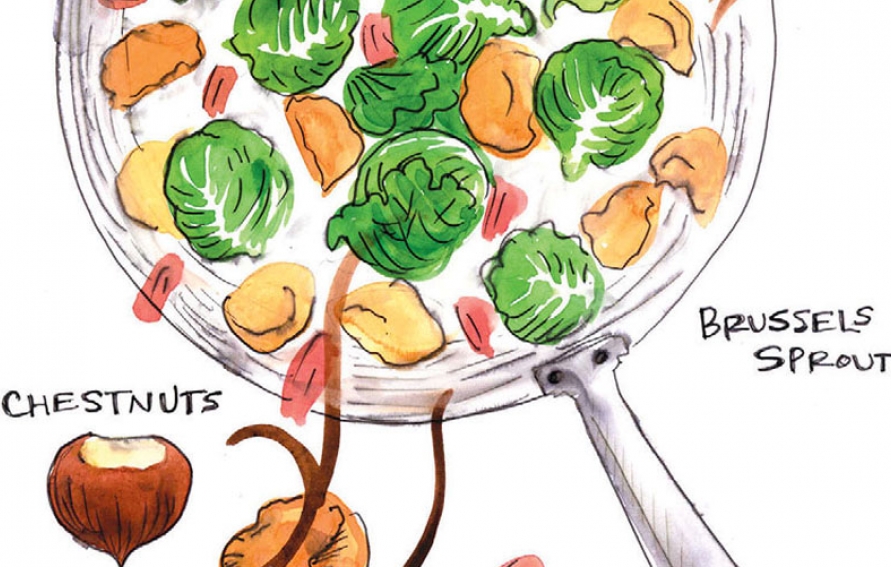 Roasted Brussels Sprouts with Bacon and Chestnut
Roasted Brussels Sprouts with Bacon and Chestnut Prosciutto-Wrapped Lemon Thyme Farmer Cheese Asparagus Appetizer
Prosciutto-Wrapped Lemon Thyme Farmer Cheese Asparagus Appetizer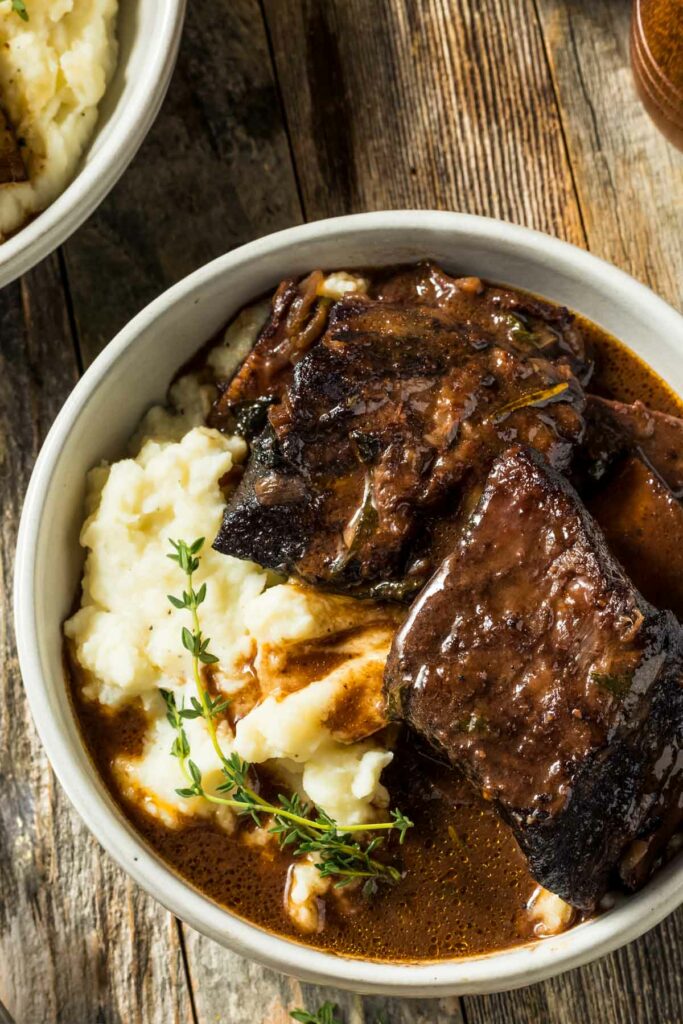 Short Ribs with Field Garlic and Red Wine
Short Ribs with Field Garlic and Red Wine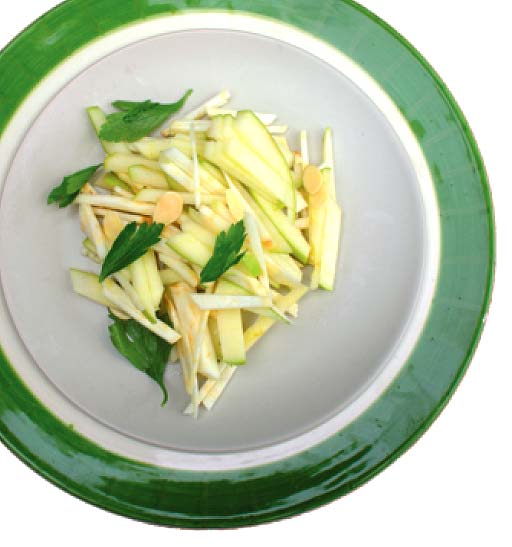 Earthy Celery Root Salad
Earthy Celery Root Salad Caramelized Cabbage and Orzo Risotto with Buttery Sauteed Mushrooms
Caramelized Cabbage and Orzo Risotto with Buttery Sauteed Mushrooms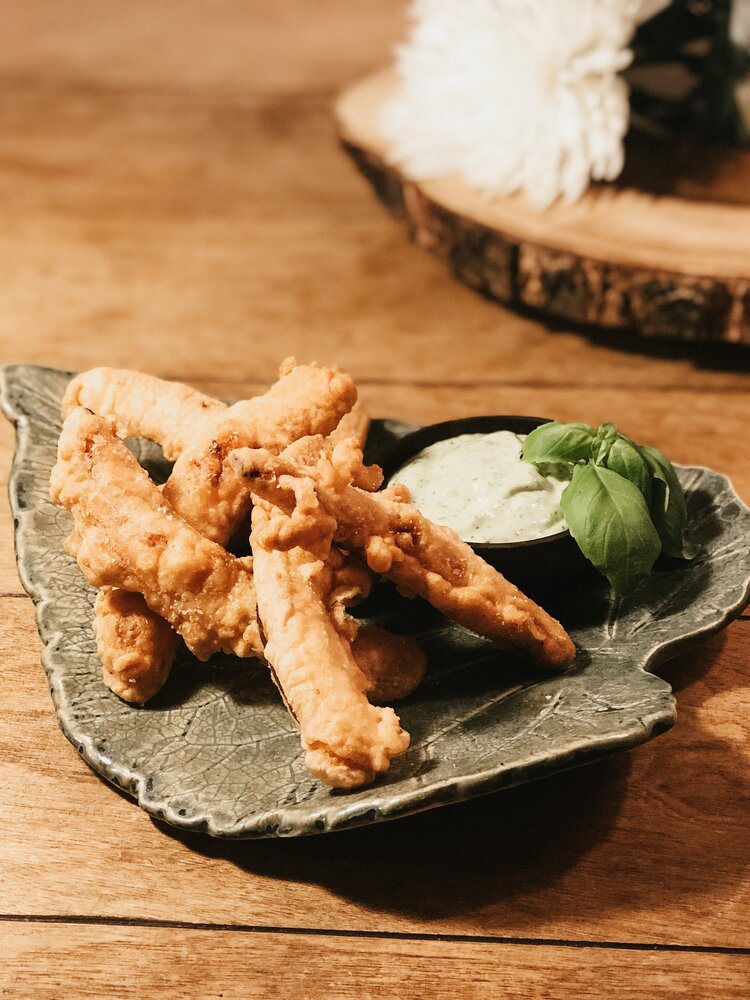 Tempura Pumpkin with Basil Aïoli
Tempura Pumpkin with Basil Aïoli Standing Rib Roast of Bison with Herbs
Standing Rib Roast of Bison with Herbs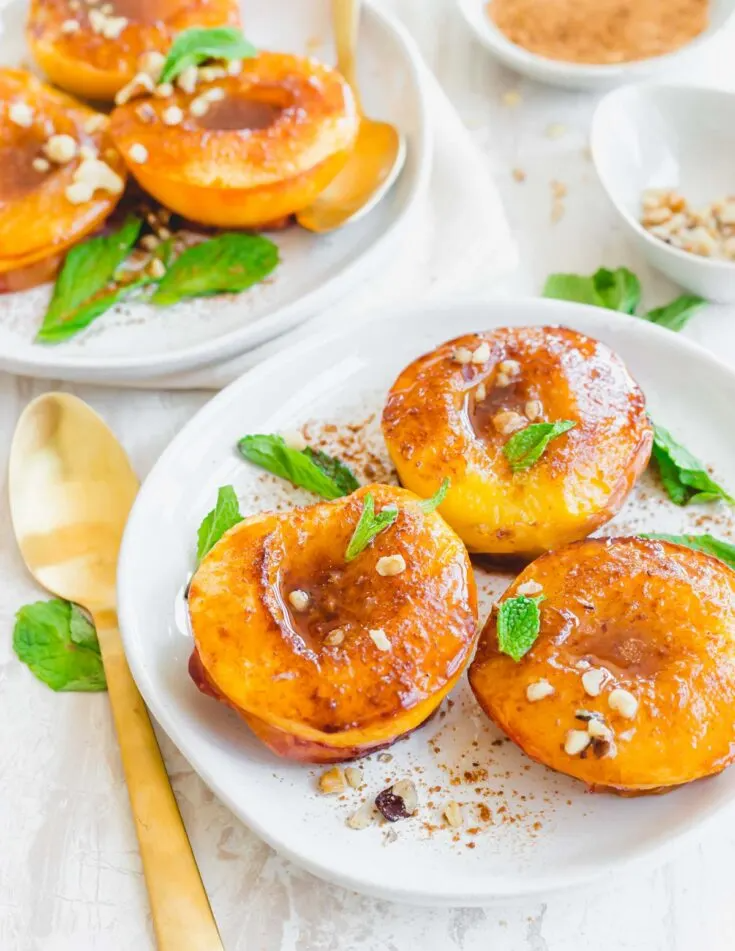 Air Fryer Peaches
Air Fryer Peaches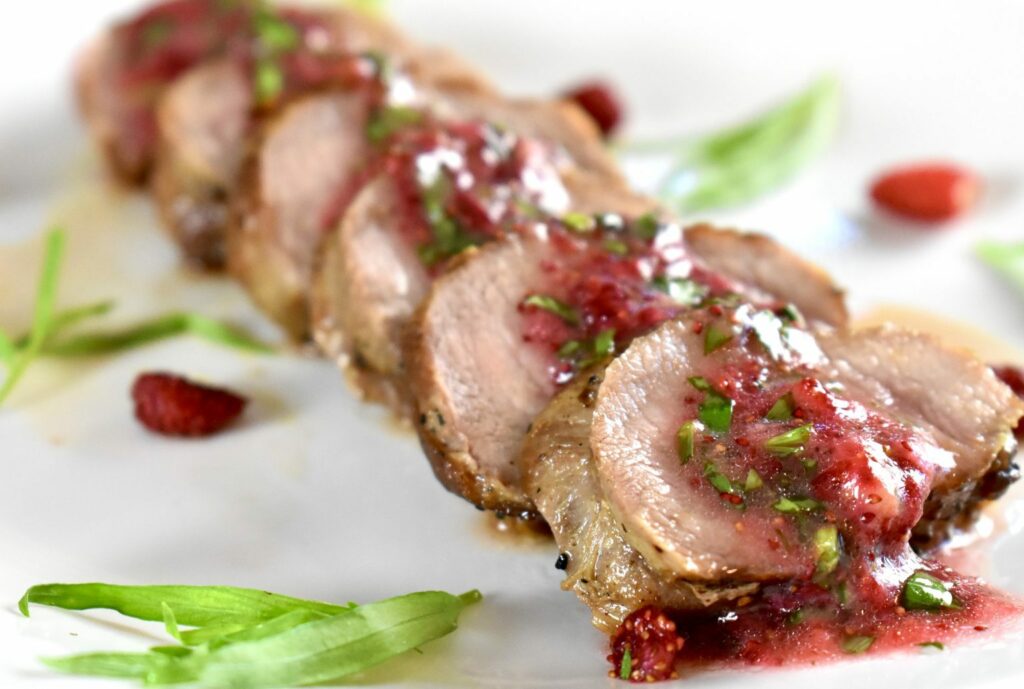 Wild Pork Loin with Wild Strawberry Tarragon Vinaigrette
Wild Pork Loin with Wild Strawberry Tarragon Vinaigrette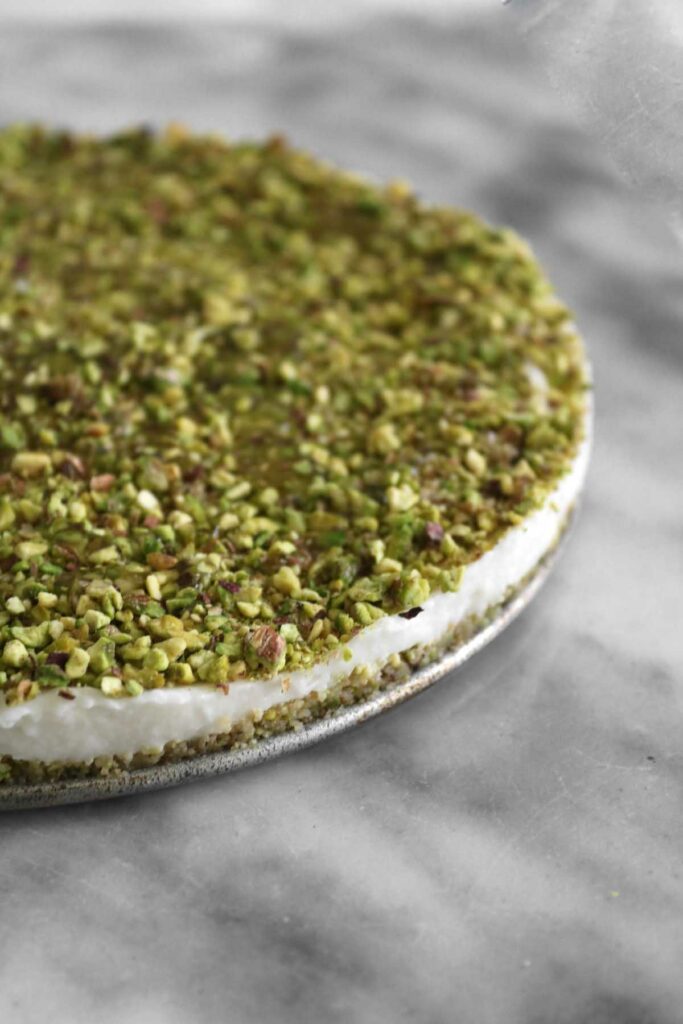 Mafroukeh – Pistachio Dessert with Cream
Mafroukeh – Pistachio Dessert with Cream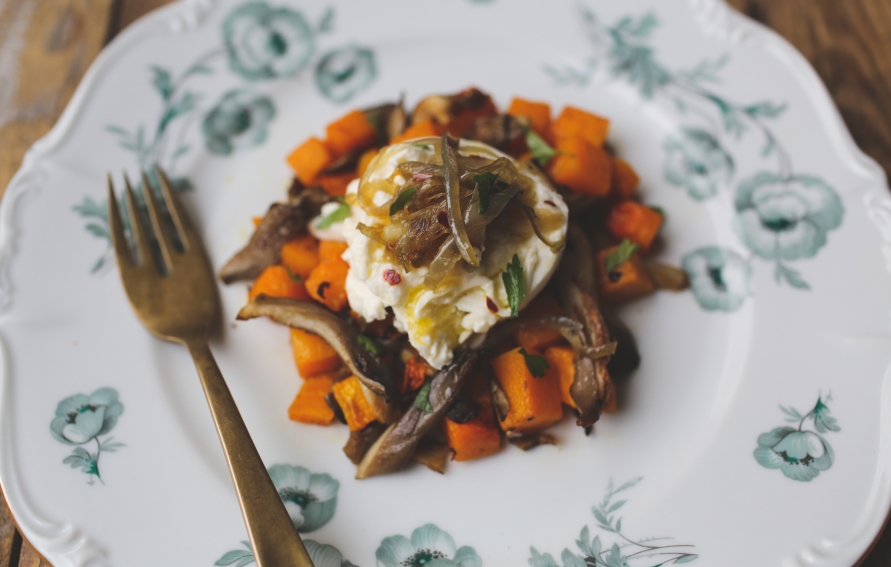 Fresh Burrata Cheese with Mushrooms and Butternut Squash
Fresh Burrata Cheese with Mushrooms and Butternut Squash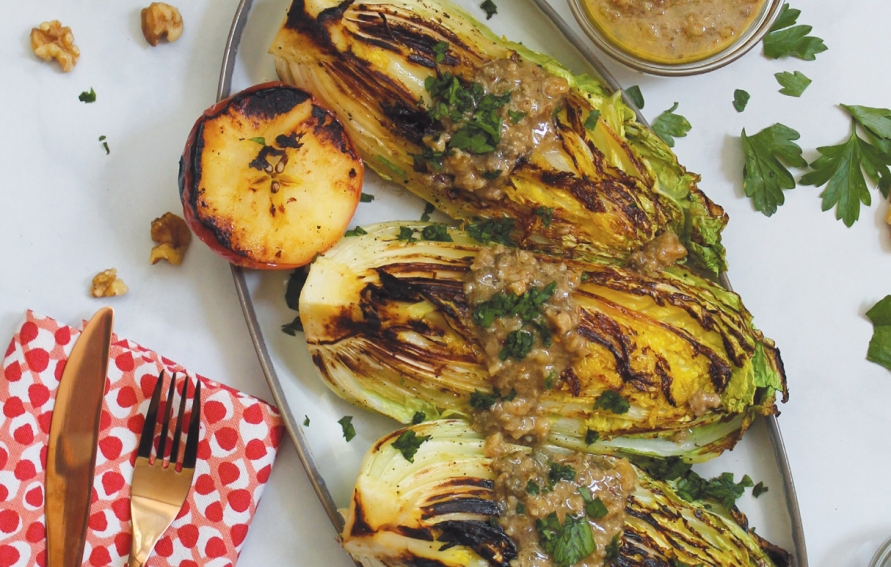 Blistered Cabbage and Apples with Walnut-Anchovy Caper Sauce
Blistered Cabbage and Apples with Walnut-Anchovy Caper Sauce Chicken Francese for Two
Chicken Francese for Two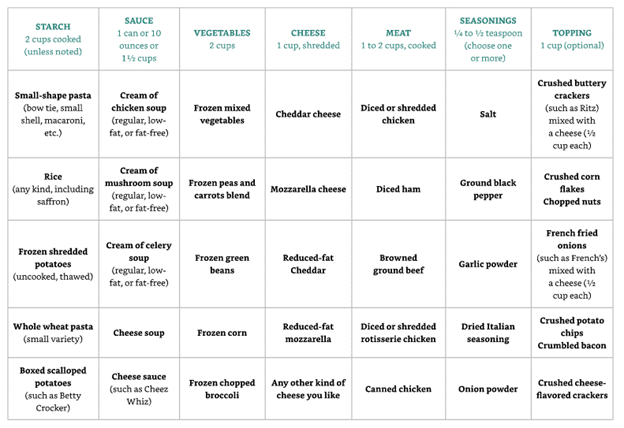
 Lemon, Garlic, and Thyme Pan Sauce for Chicken
Lemon, Garlic, and Thyme Pan Sauce for Chicken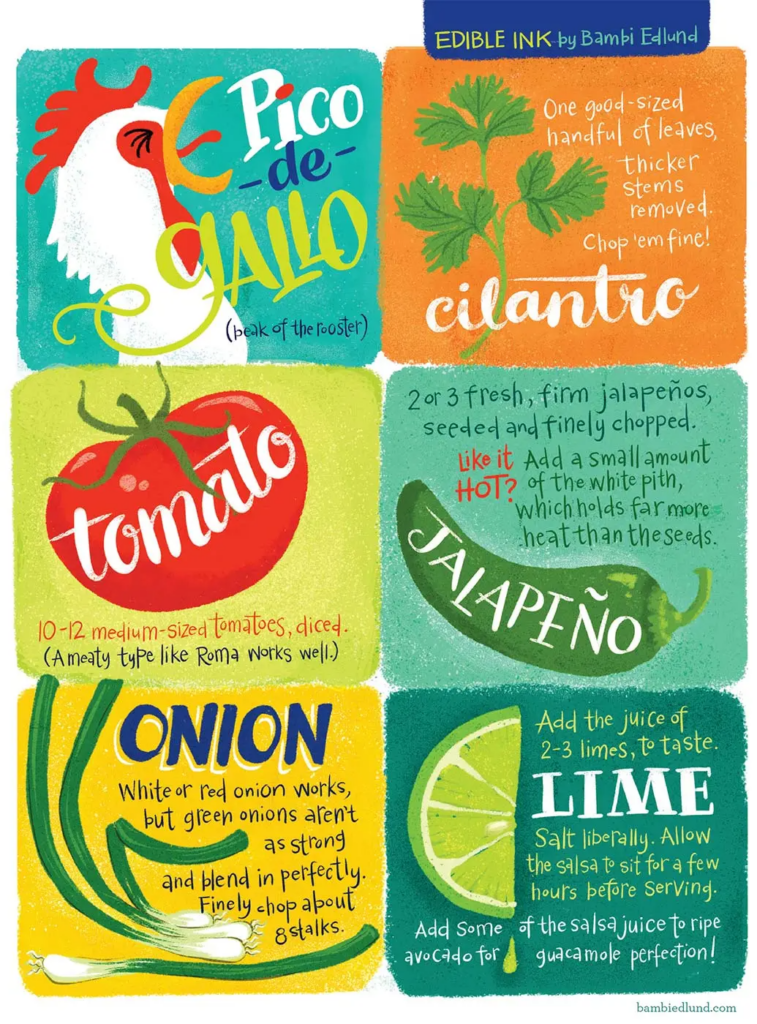
 Cheesy Spinach Pancakes
Cheesy Spinach Pancakes Peas with Fried Onions & Lemon
Peas with Fried Onions & Lemon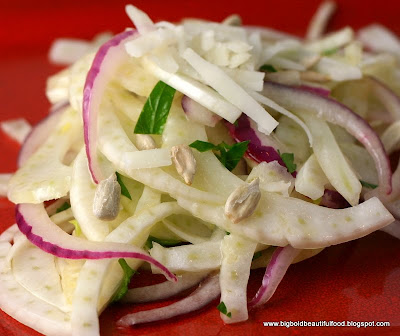 Fennel Salad with Manchego Cheese and Sunflower Seeds
Fennel Salad with Manchego Cheese and Sunflower Seeds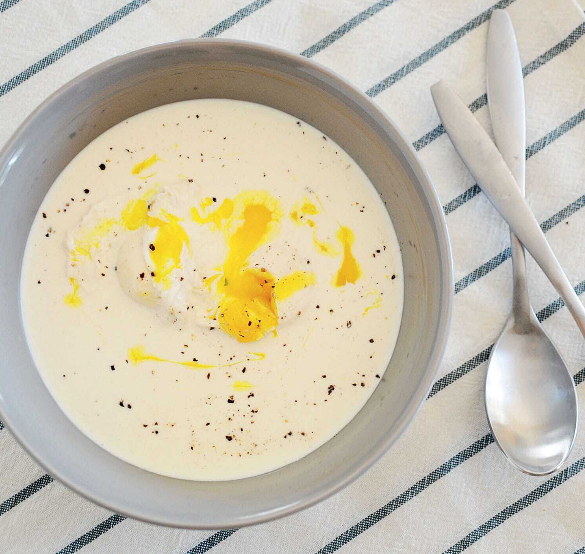 Cream of Chicken Soup with Poached Eggs for One
Cream of Chicken Soup with Poached Eggs for One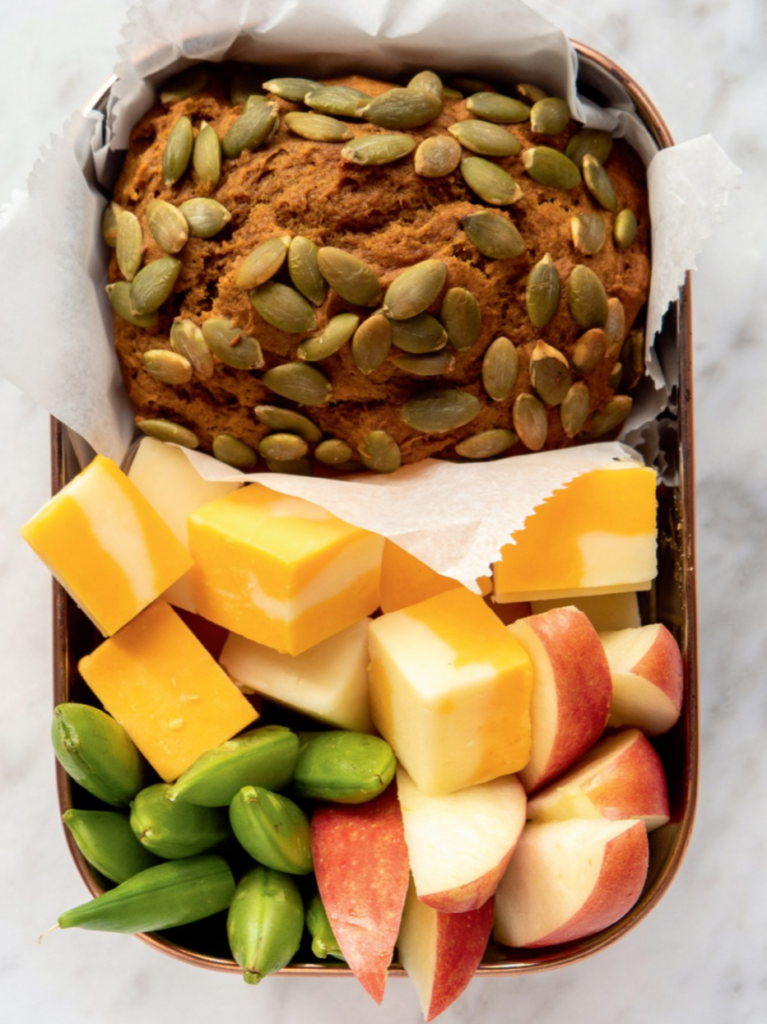
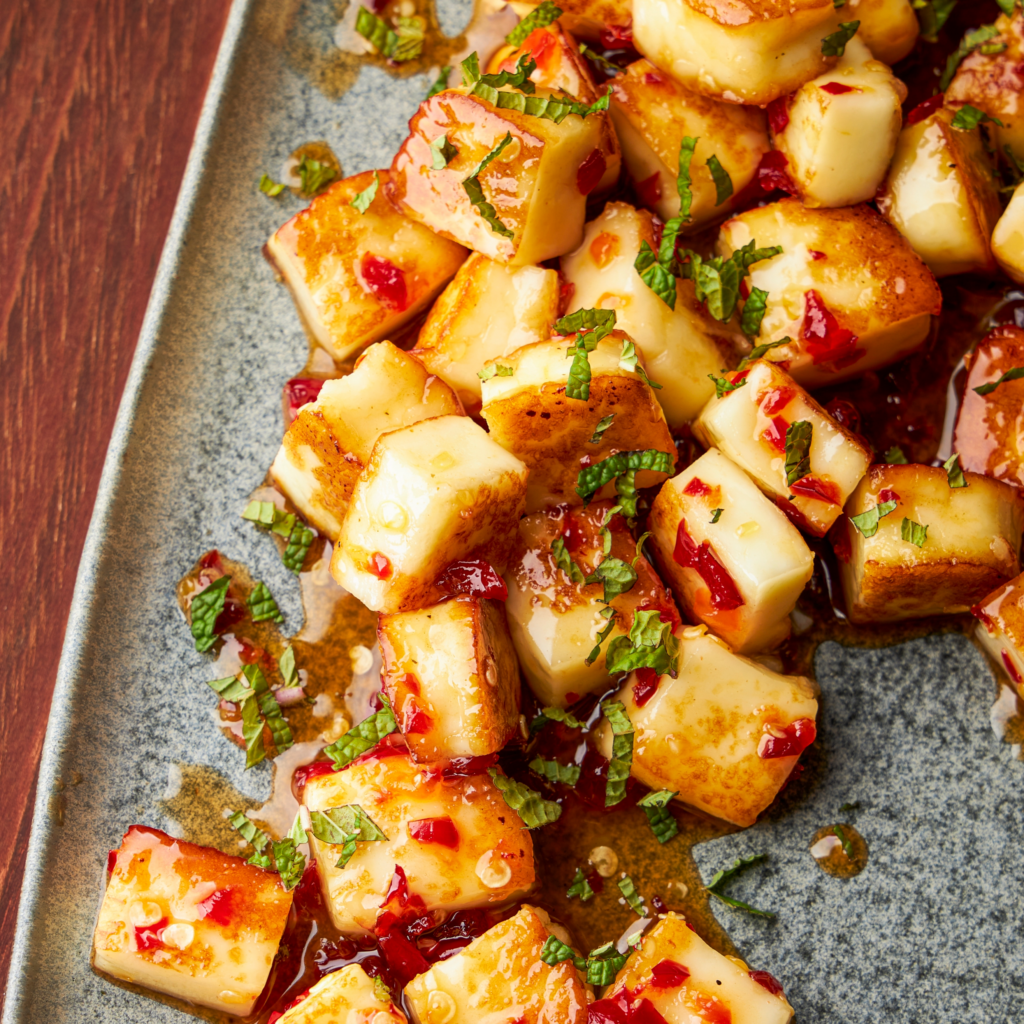 Pan-Seared Halloumi with Cherry Pepper Glaze
Pan-Seared Halloumi with Cherry Pepper Glaze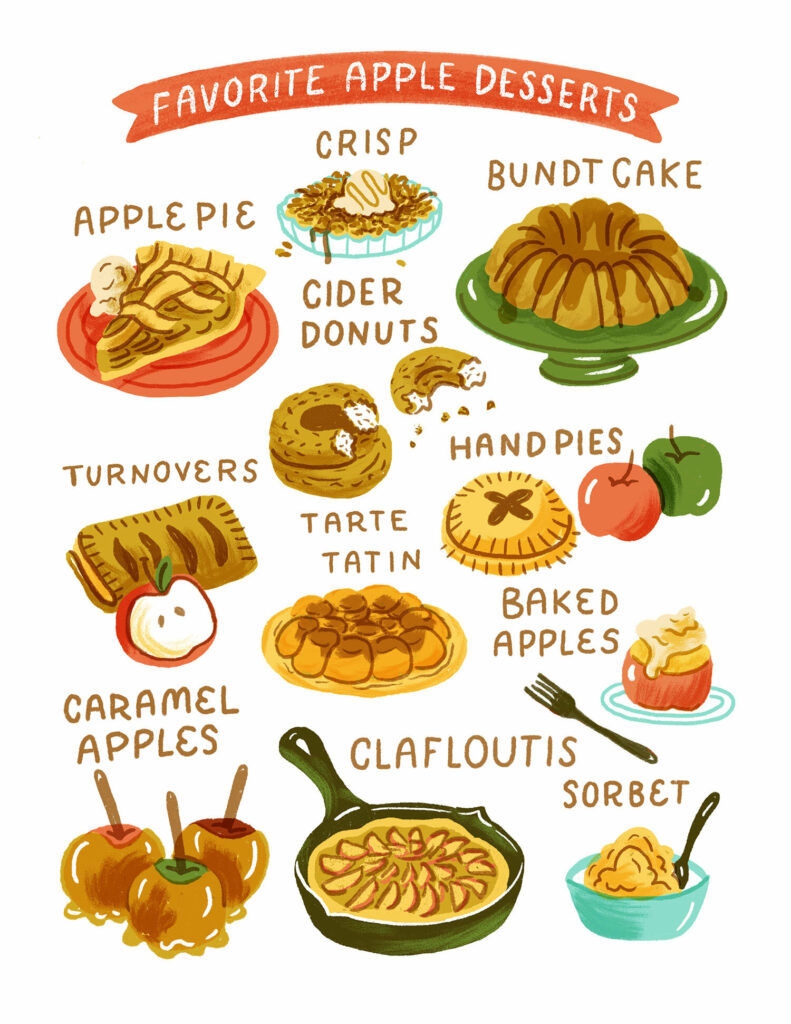
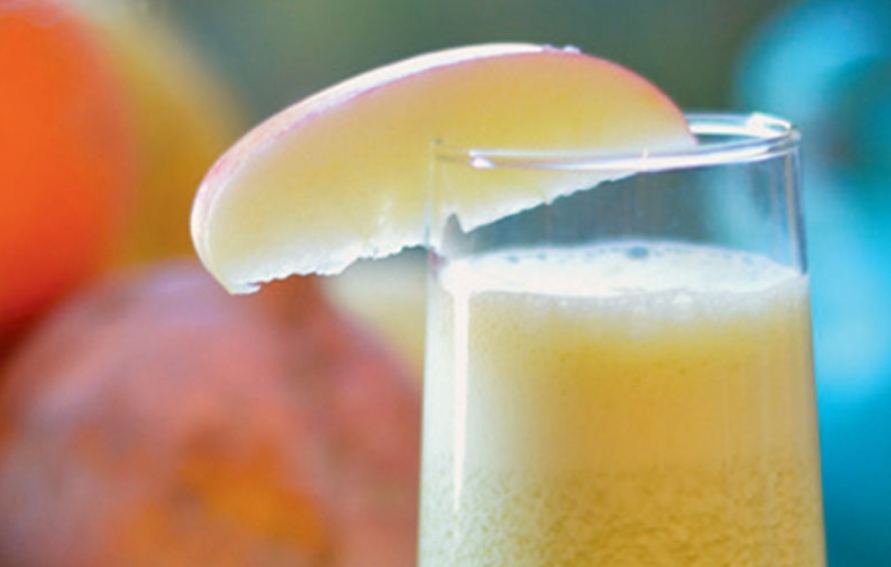 Apple Crisp Juice
Apple Crisp Juice Pasta with Anchovies and Tomato
Pasta with Anchovies and Tomato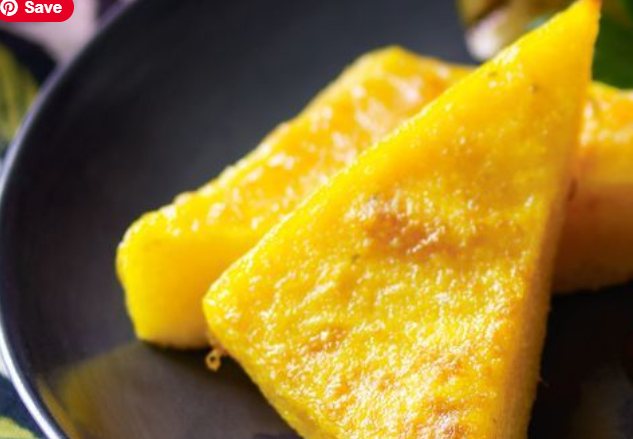 Baked Polenta Wedges
Baked Polenta Wedges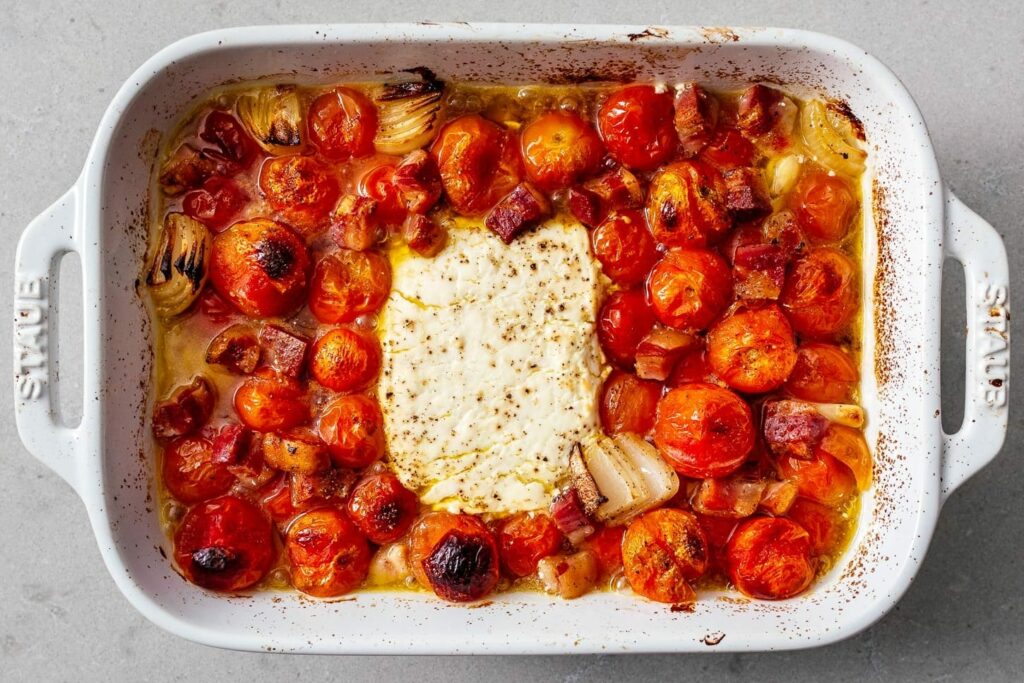 Super Easy Baked Feta Pasta (via Tik Tok)
Super Easy Baked Feta Pasta (via Tik Tok)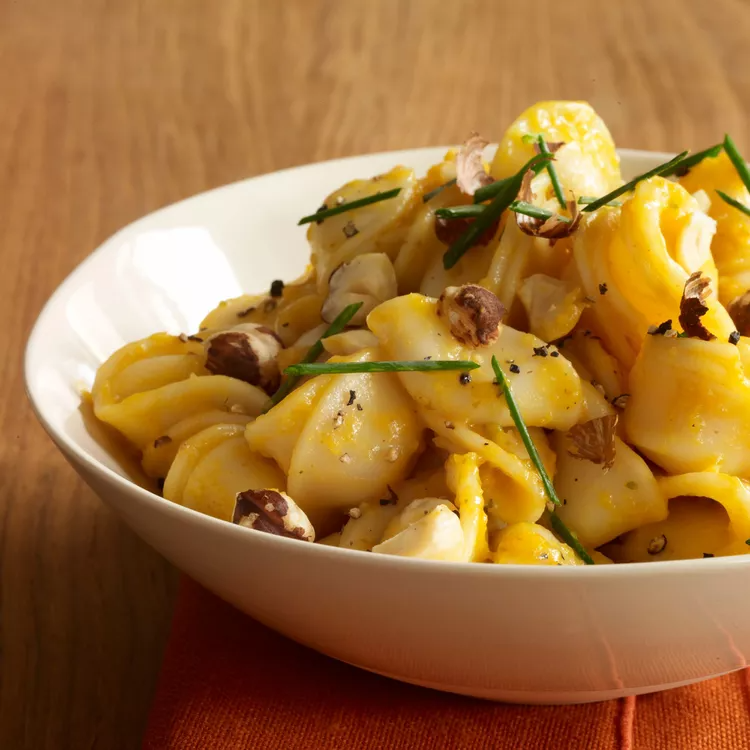 Pasta with Creamy Pumpkin Sauce and Toasted Hazelnuts
Pasta with Creamy Pumpkin Sauce and Toasted Hazelnuts Cream of Pumpkin Soup
Cream of Pumpkin Soup Lemon & Lime Syllabub
Lemon & Lime Syllabub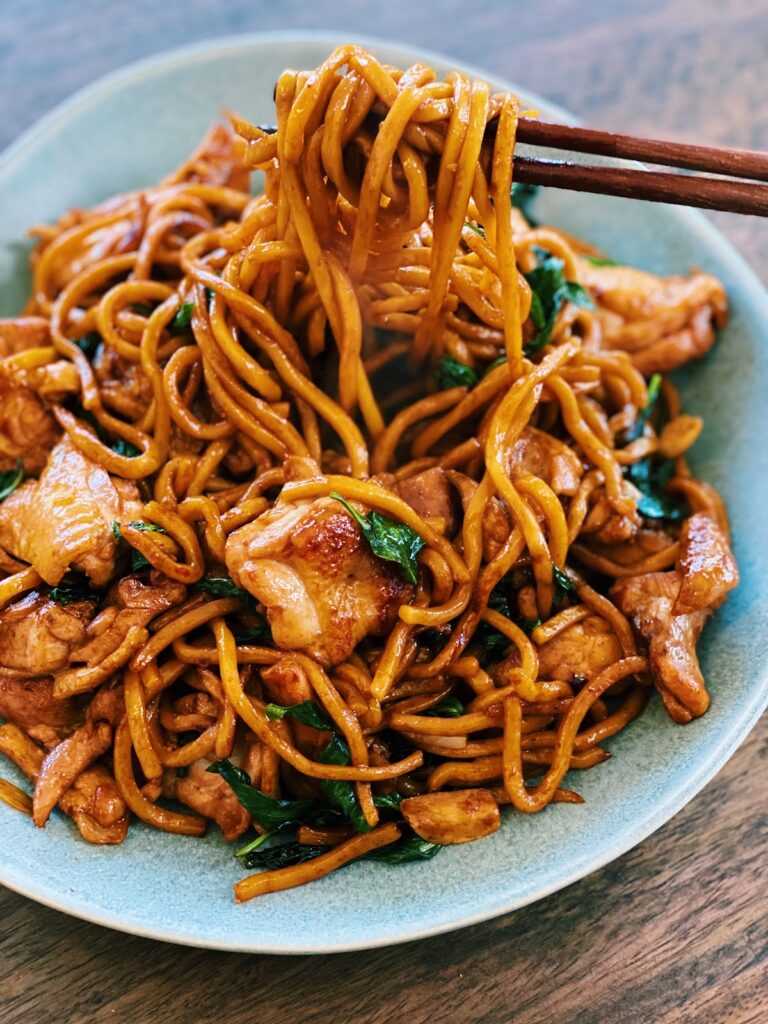
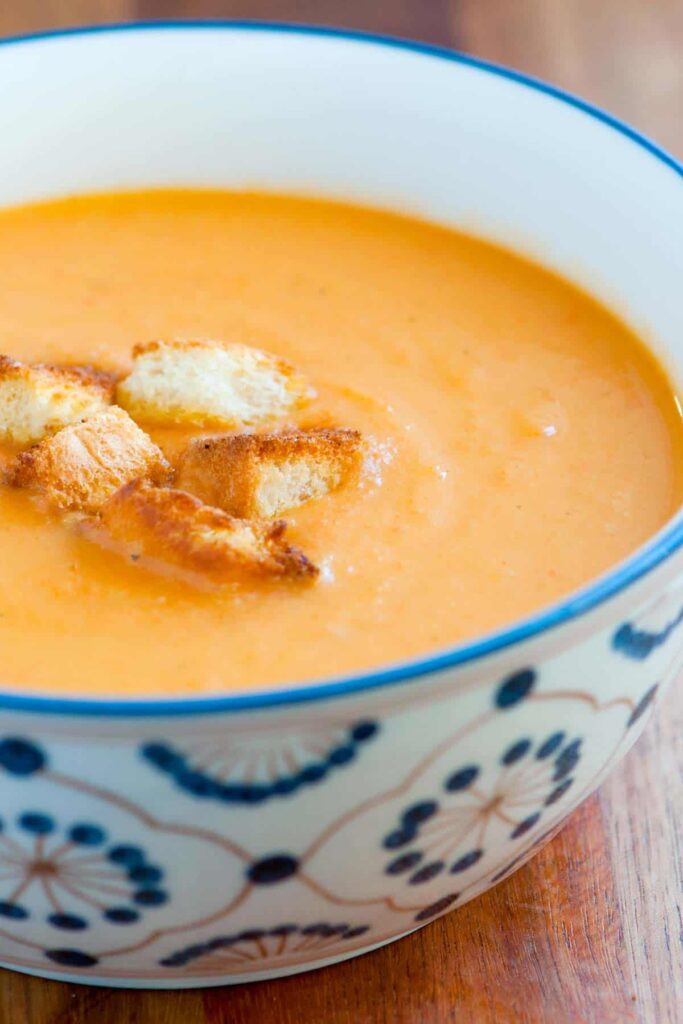 Creamy Vegetable Soup
Creamy Vegetable Soup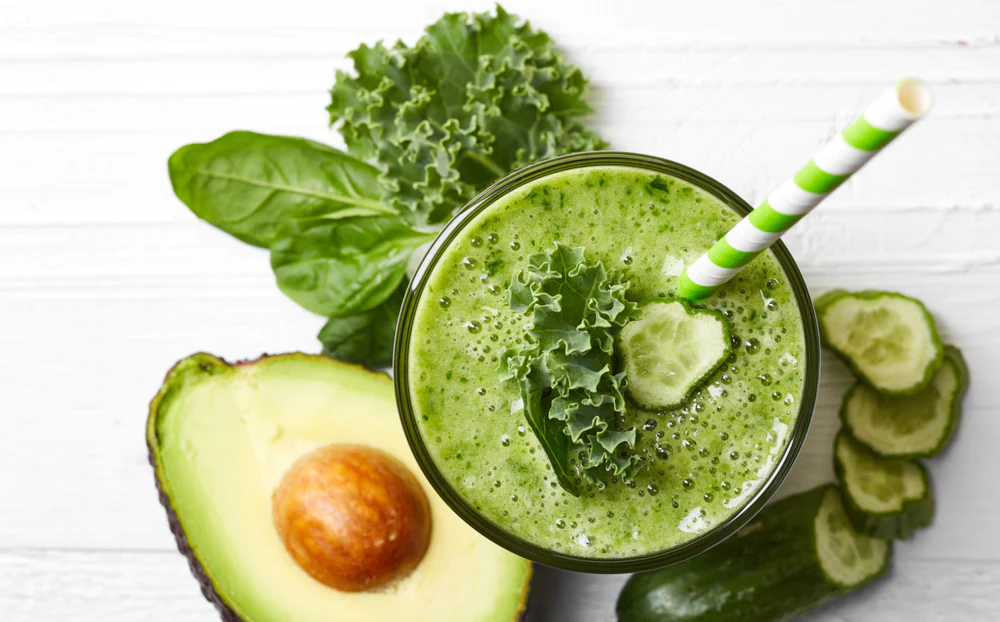 Mediterranean Twist Savory Smoothie
Mediterranean Twist Savory Smoothie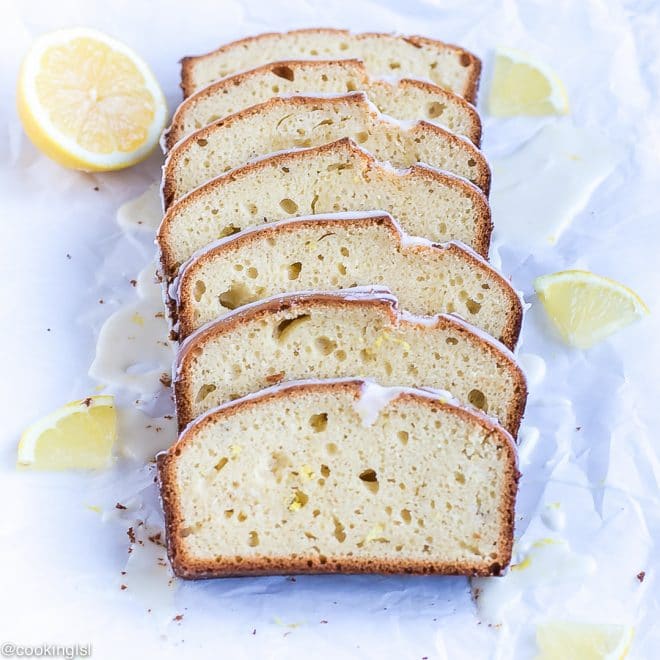 Blender Lemon Loaf
Blender Lemon Loaf Onion Cottage Cheese Tart
Onion Cottage Cheese Tart Perfect Soft Cooked Eggs with Buttered Soldiers
Perfect Soft Cooked Eggs with Buttered Soldiers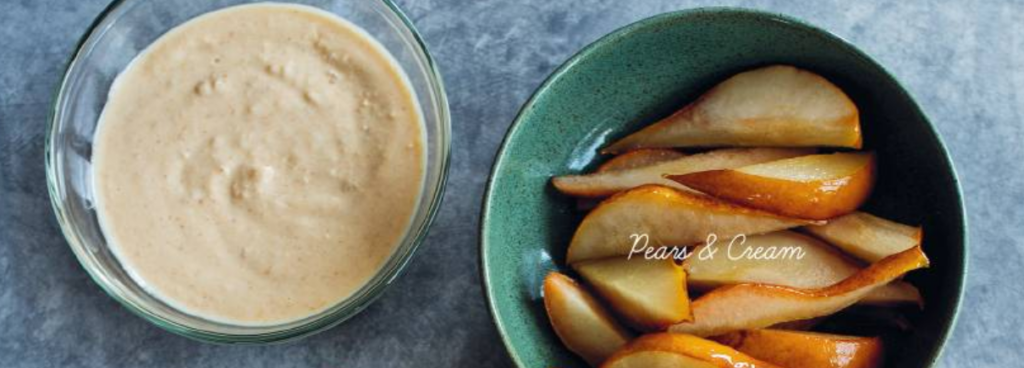 Pears & Cream
Pears & Cream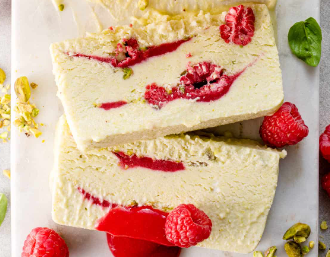 Pistachio Semifreddo with Raspberries
Pistachio Semifreddo with Raspberries